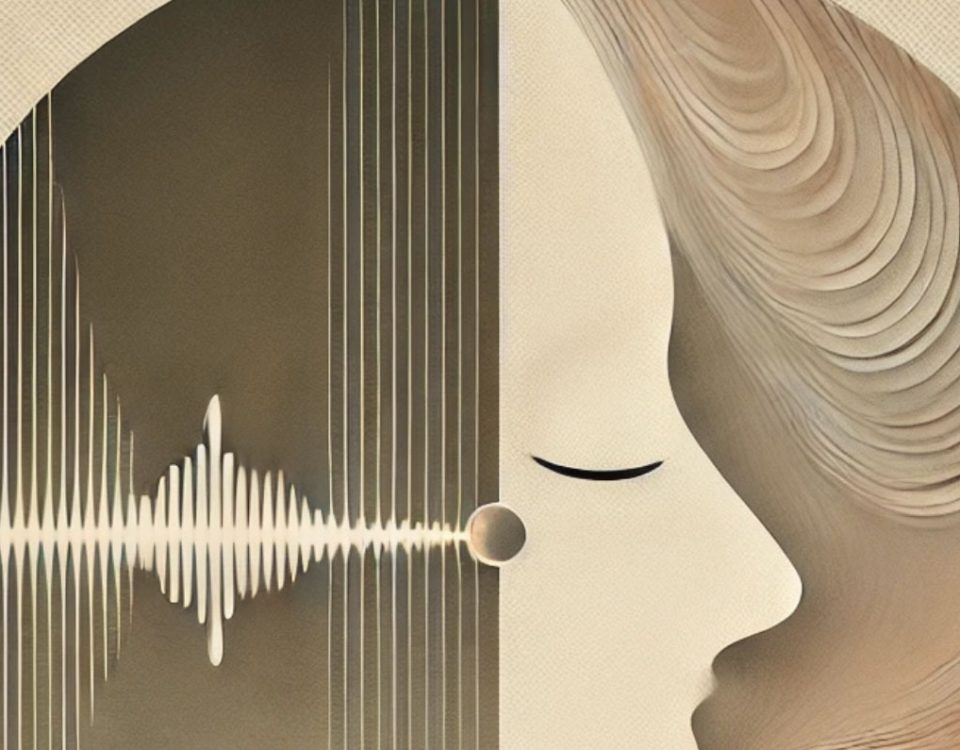Om or Ow?
January 9, 2012
Ahimsa – Non-harming or Love
February 21, 2012Fear and Loathing in Vinyasa
 What does your Vinyasa look and feel like? A smooth flowing sequence? A struggle on your mat? A moving meditation? Bits and pieces of each as you attempt to follow instructions between thoughts of your to-do list and hoping you won’t be asked to do “that” pose again?
What does your Vinyasa look and feel like? A smooth flowing sequence? A struggle on your mat? A moving meditation? Bits and pieces of each as you attempt to follow instructions between thoughts of your to-do list and hoping you won’t be asked to do “that” pose again?
Vinyasa
From it’s Sanskrit roots, Vinyasa can be broken down into nyasa, meaning “to place” and vi, “in a special way.” As with many Sanskrit words, there are many meanings of Vinyasa such as: moving with the breath, a sequence which links postures together, a style of yoga, flow, and taking steps towards reaching an intention set for practice.
Maehle defines vinyasa as:
Sequential movement that interlinks postures to form a continuous flow. It creates a movement meditation that reveals all forms as being impermanent and for this reason are not held on to.
Linking Vinyasa with the Yamas is important to the safety and well-being of practitioners of yoga.
Yamas
The first limb in the path of Patanjali’s eight limbs of yoga. Yamas can be seen as ethics or disciplines. Sometimes translated as rein or restraint, they are a way of living with less suffering . We are not only meant to practice these in sequential order but along with the seven other limbs, of which asanas (physical postures) are the third part or limb.
Non-Harming
Known as the first Yama, Ahimsa, can be a progression that sometimes begins at being less harming to oneself or others and climbs to being much more or completely loving and reverent of all things. Harming of oneself and others can show up in very subtle and unrecognized ways at times besides the more obvious forms. Thoughts of self-loathing, whether or not it seems significant at the time, can be quite harmful in the long run. For instance, if a certain posture or sequence has you thinking of yourself as clumsy or uncoordinated or simply not as graceful as someone nearby, this can become a self-fulfilling prophecy at the least. It may not seem as strong as loathing seems to denote, but even small amounts of dislike can add up to pain and suffering.
Fear can also get in the way of our practice if avoidance is the only tactic. Being conscious of the breath can serve to move into and through the “scary parts.” Becoming aware of the times of forcing or pushing into or against something will support the practice of Ahimsa. Becoming aware of the times when harm is being caused physically or on a more subtle scale is not a practice for judgement, but compassion.
There’s a lot more to the practice of Ahimsa. Next week… the other end of the spectrum… Love <3 By: Alissa Martin




